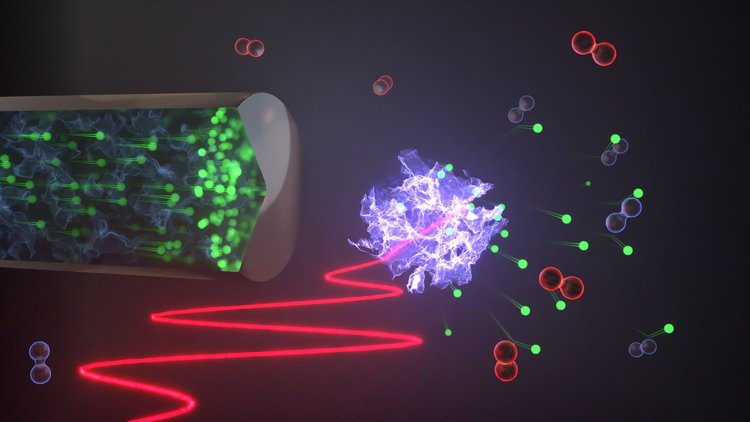npj Quantum Information, Published online: 06 November 2024; doi:10.1038/s41534-024-00906-w
Scaling whole-chip QAOA for higher-order ising spin glass models on heavy-hex graphs
In this paper, the team of researchers has showed that the quantum approximate optimization algorithm (QAOA) for higher-order, random coefficient, heavy-hex compatible spin glass Ising models has strong parameter concentration across problem sizes from 16 up to 127 qubits for p = 1 up to p = 5, which allows for computationally efficient parameter transfer of QAOA angles.
Matrix product state (MPS) simulation is used to compute noise-free QAOA performance. Hardware-compatible short-depth QAOA circuits are executed on ensembles of 100 higher-order Ising models on noisy IBM quantum superconducting processors with 16, 27, and 127 qubits using QAOA angles learned from a single 16-qubit instance using the JuliQAOA tool.
They have showed that the best quantum processors find lower energy solutions up to p = 2 or p = 3, and find mean energies that are about a factor of two off from the noise-free distribution. They also showed that p = 1 QAOA energy landscapes remain very similar as the problem size increases using NISQ hardware gridsearches with up to a 414 qubit processor.




